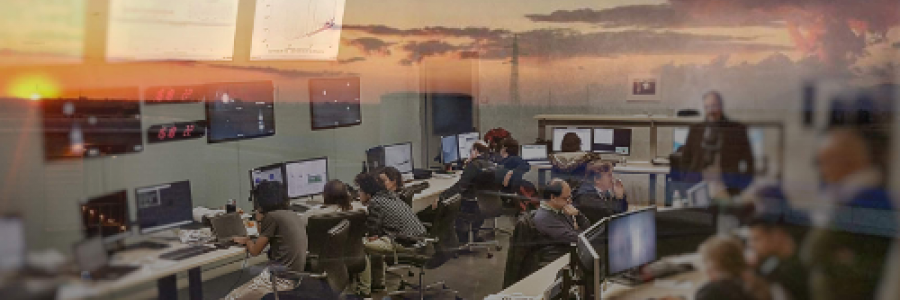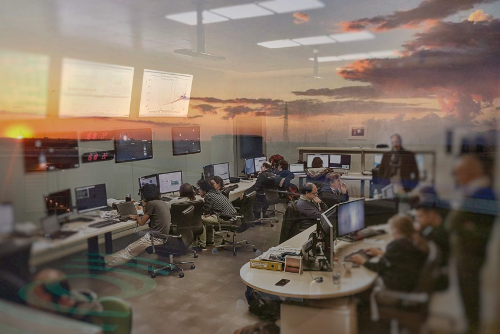
LIGO and Virgo make another joint step towards the start of the next Observation Run
Today, on Friday, 14th December 2018, the 13th Engineering Run (named 'ER13') has started. It will last four days until next Tuesday, the 18th of December. During ER13, the Advanced Virgo and Advanced LIGO detectors will operate together, forming a world-wide network.
The purpose of this run is to check the progress achieved so far and to collect indications on how to further tune the detectors, the online data analysis pipelines, and the procedure for releasing Open Public Alerts, which will notify the physics and astronomy community when a potential gravitational-wave transient event has been observed.
The third LIGO–Virgo scientific Observation Run (O3), the goal of which will be to make astrophysical observations, will follow one more Engineering Run – ER14 – which is scheduled to take place a few months from now. An updated timeline towards O3 can be found here.
Since the end of August 2017, when the successful second Observation Run (O2) concluded, Virgo and LIGO scientists have been working intensively on the interferometric detectors and associated algorithms with the aim of improving observation capabilities. More details about Advanced Virgo upgrades are listed here.
O2 was a great success, bringing with it the first ever events measured by the global 3-detector network – such as GW170814, GW170817 (the first detection of gravitational waves produced by colliding neutron stars) and GW170818 (another triple detection of a binary black hole merger recently made public). It was also the birth of multi-messenger astronomy with gravitational waves. Overall, the LIGO and Virgo collaborations have now confidently detected gravitational waves from a total of 10 stellar-mass binary black hole mergers and one merger of neutron stars: the collaborations have just released their first catalog of gravitational-wave events GWTC-1.
"ER13 is the first common Virgo–LIGO milestone towards O3", says Alessio Rocchi of the Italian National Institute for Nuclear Physics (INFN) who is coordinating the commissioning efforts of the Virgo Collaboration. "It represents an essential step towards the Open Public Alert era and is the first occasion on which all of the infrastructure of the EGO observatory will be thoroughly tested. Thanks to the hardware upgrades installed over the last year and the commissioning activities, the Virgo sensitivity has increased by about 60% with respect to O2. Thus, we might even expect some surprises."

Image: The composite image shows the sun setting over Virgo at the European Gravitational Observatory (EGO) near Pisa, Italy, and a typical scene in the Virgo Control Room; the place in which many of the scientists engaged in the commissioning of the detector carry out their work. It is also where they all meet on a daily basis to discuss issues, activities and the latest news related to the detector.
